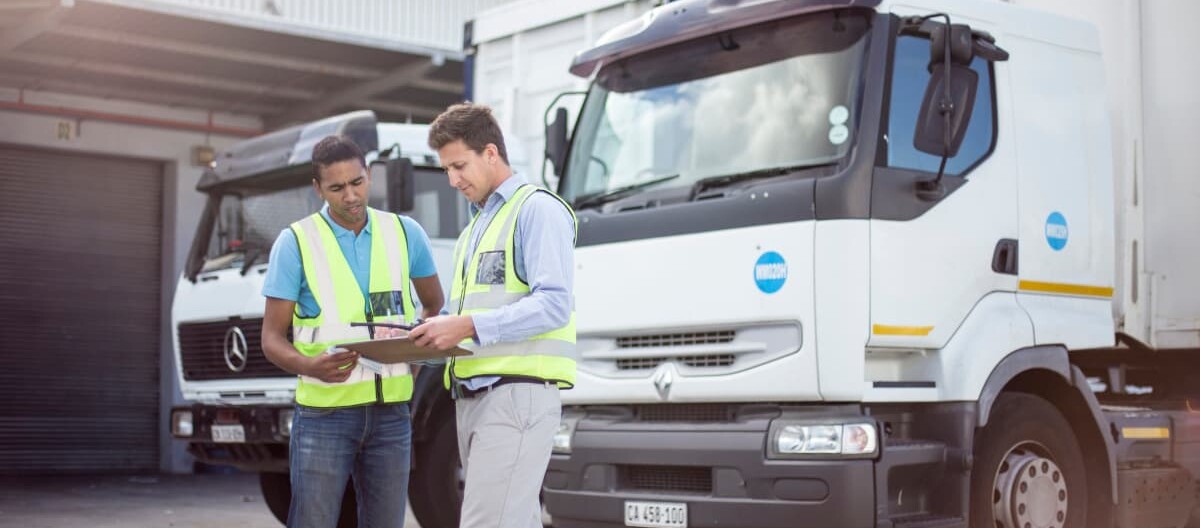Marginal proportion of the transport of goods by rail
Rail is considered an environmentally-friendly form of transport – however, only a small proportion of the goods transported in Germany travel by rail. In 2021 it was approximately 8.3 per cent, nonetheless a somewhat greater proportion than in 2020 (7.9 per cent). The major part of the goods (78.9 per cent in the year 2021) is transported in Germany by road. The principal reasons: The costs of transporting goods by rail is too high. In addition, there is a lack of flexibility in regard to the "last mile".
For reasons associated with transport and environmental policy, however, the combined transportation of goods is becoming increasingly relevant, i.e. transporting freight using various means of transport. The long-distance transport of containers or any other standardized receptacles does, in that respect, usually take place via rail or using ships, more rarely also by air. The local transportation is then carried out with a truck.
Present your company on our platform!
The advantages:
- International audience and visibility
- Set-up in 5 minutes
- Numerous options and services through individual content
A digital accounting system is supposed to facilitate the transition, and make it more cost-effective
It was previously, in many cases, a logistical challenge to implement combined transportation of goods. Thanks to a digital accounting system, that is supposed to change in future: Via the "Intermodal Capacity Broker" and "modility" platforms, the transport to the train by truck, the transport by rail and also the last mile to the destination can all be booked together, with just a few clicks, alsotransnationally and cross-organizationally . Not only does this considerably simplify the process, it also cuts costs.
In Hamburg, the new project, which has been launched under the auspices of the Pro-Rail Alliance and the Federal Association of Road Haulage, Logistics and Disposal BGL, has already been successfully tested: a truck picked up a load at the harbour, however did not drive with it to the destination in Nuremberg, but only took it to a goods train in the Hamburg District of Billwerder. Once it arrived in Nuremberg, the container was reloaded on a truck and transported to its destination. The savings for the logistics company were supposedly around 20 percent. Moreover, the environment reaped the benefits of reduced CO2 emissions.
This reduction of emissions may be considerable, as evident from a feasibility study conducted in the Bavarian County of Miltenberg. This region alone was able to cut 386 tons of CO2 emissions thanks to a reduction of truck transports by a minimum of 20,000. However, this is contingent upon the railway infrastructure being in place.
Railway transportation in Europe: Example Baltic Region
In a European comparison, Germany is only average when it comes to railway transportation of goods; the EU average in 2020 was 16.8 percent (this statistic compares only railway, truck and inland ship transportation). Germany ranks slightly higher at 17.6 percent. The best results were produced by the three Baltic countries: Lithuania (64.7 percent), Latvia (56.5 percent) and Estonia (38.6 percent).
In Austria, the percentage of railway transports in 2020 made up a respectable 29.7 percent - however, this still means room for improvement. Hence, a new sponsoring model comprising two million Euros plans to especially enable small to medium sized businesses to make railway transportation more accessible.


